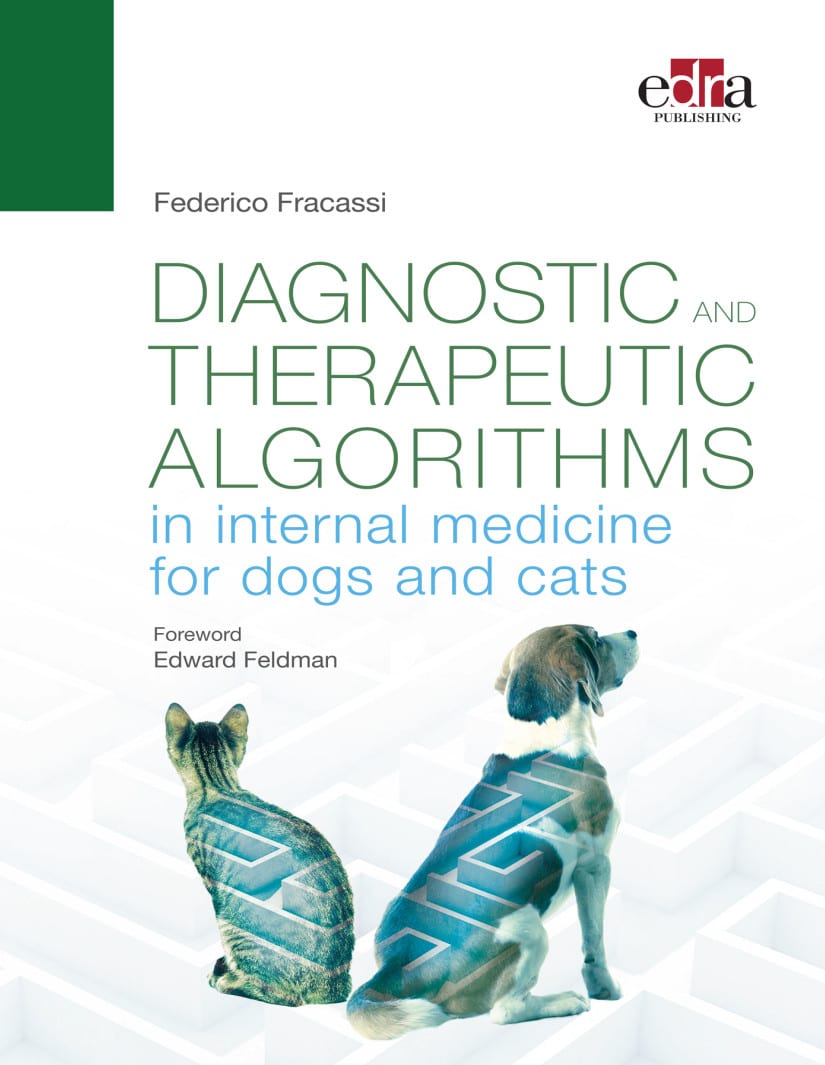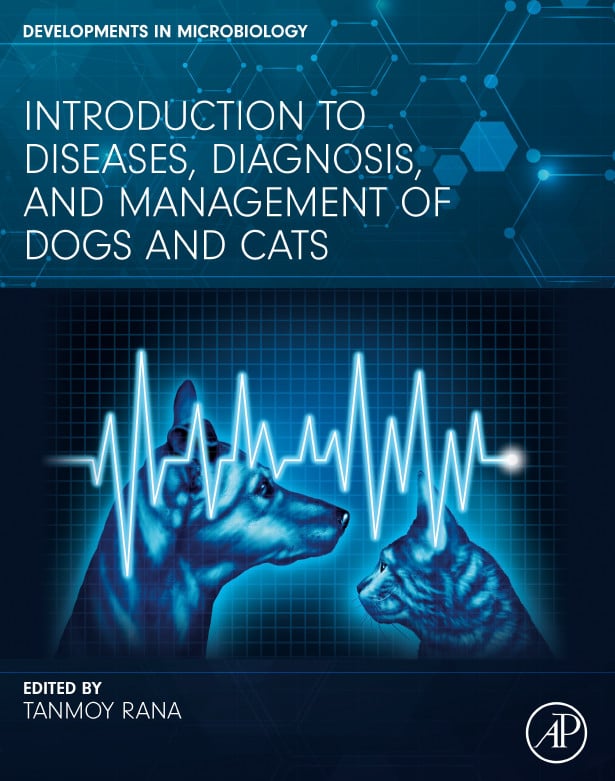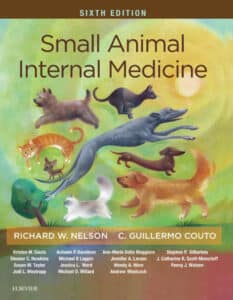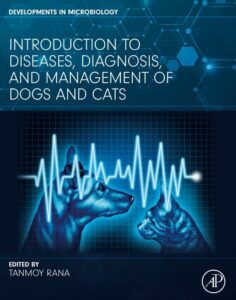
By Federico Fracassi
The problem-oriented approach (POA) is the method recommended by the College of Internal Medicine to address and resolve medical questions and problems. Hence the idea of creating a book based on algorithms dealing with the main clinical and laboratory canine and feline clinical abnormalities, using an innovative perspective. Each of the 85 chapters begins with a short introduction which includes the basic pathophysiological and classification information.
By means of each algorithm, the clinician is guided, step by step, in carrying out diagnostic investigations in a sequential manner, reaching a diagnosis, and setting up treatment. In Diagnostic and Therapeutic Algorithms in Internal Medicine for Dogs and Cats, two useful and innovative aspects were included: color codes and links for additional information within the algorithm. Yellow indicates the diagnostic path, red the diagnosis, and blue is the therapy; this allows the veterinarian to be guided through the diagnostic labyrinth in order to reach the most appropriate therapy. Inside the red boxes, the list of differential diagnoses for each problem can quickly be identified.
By following the yellow boxes, one can understand how to reach these diagnoses and optimize the diagnostic protocol. Moreover, comprehensive notes, linked to the algorithms by references, give more details regarding a specific diagnostic investigation, a particular disease, or the therapy recommended.

This Book is Available for Premium Members













![Ettinger’s Textbook of Veterinary Internal Medicine 9th Edition [PDF+Videos] Ettinger’s Textbook of Veterinary Internal Medicine 9th Edition [True PDF+Videos]](https://www.vet-ebooks.com/wp-content/uploads/2024/10/ettingers-textbook-of-veterinary-internal-medicine-9th-edition-100x70.jpg)

![Textbook of Veterinary Diagnostic Radiology 8th Edition [PDF+Videos+Quizzes] Thrall’s Textbook of Veterinary Diagnostic Radiology, 8th edition PDF](https://www.vet-ebooks.com/wp-content/uploads/2019/09/textbook-of-veterinary-diagnostic-radiology-8th-edition-100x70.jpg)






